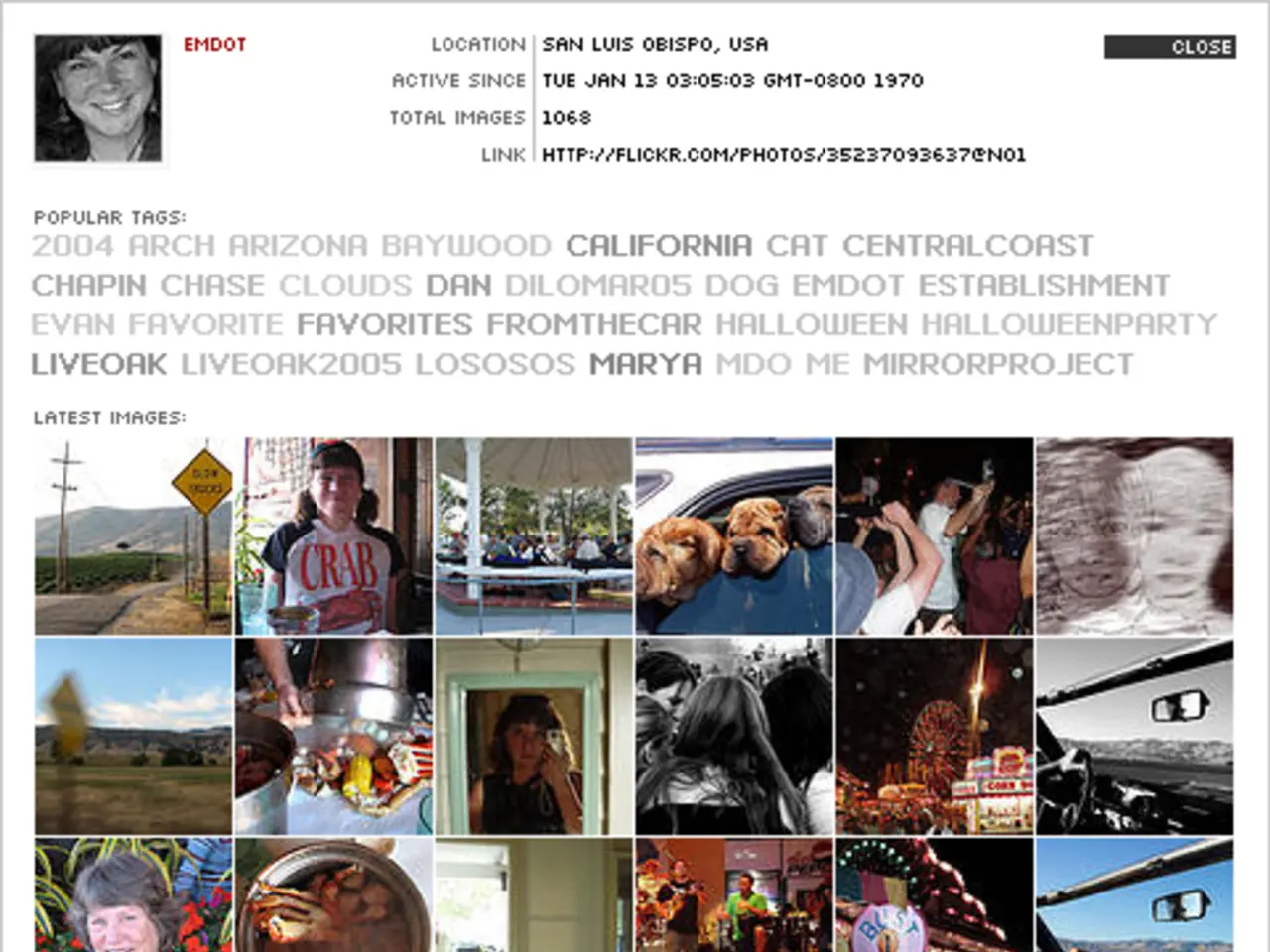Misfiring Group Chats: Investigating the Challenges of Separating Communication Segments
In the modern workplace, communication is key to maintaining a productive and efficient environment. However, with the increasing use of digital platforms, employees are often overwhelmed by the bombardment of low-priority updates and fragmented chats, leading to misalignment, delays, and erosion of trust.
Misalignment isn't a people problem, but a system problem. The lack of defined channels and random tagging can lead to critical updates getting lost or overlooked. Group chats, while initially purposeful, often lose their direction over time, becoming unstructured and confusing. Cross-posting in multiple chats can add confusion and duplication, making it difficult for employees to navigate a maze of scattered chats and competing threads.
To address these issues, it's essential to establish clear, structured protocols that assign specific purposes to different tools and channels. For instance, instant messaging platforms like Slack can be used for quick informal updates, while email is more suitable for formal communications. Project management platforms like Asana or Trello can be used for task-related discussions to avoid information silos and notification overload.
Leaders should also set clear expectations and response times. Documenting communication rules such as expected reply times can help balance timely responses with uninterrupted deep work. Prioritizing asynchronous communication allows team members in different time zones or schedules to participate thoughtfully without pressure.
Tailoring messages to the audience and timing is another crucial aspect. Delivering relevant messages only to the necessary groups at times when they are most likely to engage reduces noise and improves clarity. Utilizing a variety of tools, such as emails, mobile apps, printed materials, and meetings, ensures messages reach everyone, considering preferences and roles.
Regular face-to-face communication is also vital to foster trust, convey tone more clearly, and allow for immediate clarifications or follow-ups. In-person or video interactions can help build the necessary connections that digital communication sometimes lacks.
Being transparent and clear is another important factor. Encouraging openness about needs and workload, and using clear, positive language, can avoid misunderstandings. Selective invitations and meeting management can enhance effectiveness and respect participants' time. Only invite relevant participants to meetings, provide agendas in advance, ensure technical readiness, and share meeting notes afterward.
Avoiding overreliance on group chats is also crucial. While chat platforms are useful for informal communication, relying solely on fragmented groups risks message fragmentation and exclusion. Instead, integrate these with structured tools and protocols to maintain a predictable, inclusive, and employee-centered communication environment that improves engagement and collaboration while minimizing the typical issues of unstructured group chats and segmented communication.
In conclusion, implementing these strategies can help create a more streamlined and effective communication system in the workplace. By fostering transparency, clarity, and trust, we can ensure that important information reaches all relevant parties, reducing delays, building trust, and improving overall productivity. As Sarah Chambers, a Fractional CMO/CCO and Brand + Comms Strategist, emphasizes, "The best practices for establishing and maintaining effective communication systems in the workplace while avoiding pitfalls like group chats and segmented communication are to create clear, structured protocols that assign specific purposes to different tools and channels, tailor messaging to relevant audiences with appropriate timing, and foster transparent, face-to-face interactions to build trust and clarity."
- Sarah Chambers, a Fractional CMO, suggests that to streamline communication in the workplace, one must create clear, structured protocols that allocate specific purposes to different tools and channels, such as using instant messaging platforms for informal updates, emails for formal communications, and project management platforms for task-related discussions.
- To promote effective general-news and lifestyle communication in the contemporary workplace, it's crucial to minimize overreliance on unstructured group chats, instead integrating them with structured tools and protocols to maintain a predictable, inclusive, and employee-centered communication environment, thus avoiding common issues such as message fragmentation and exclusion.




